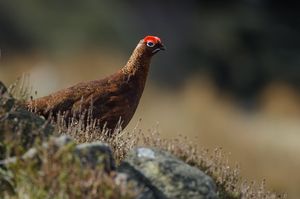 LINKED PAPER
LINKED PAPER
Alternative future land use options in the British uplands. Crowle, A.J.W., Glaves, D.J., Oakley, N., Drewitt, A.L. & Denmark-Melvin, M.E. 2022 Ibis. doi: 10.1111/ibi.13041 VIEW
In his comprehensive review of the evidence and effects of persecution of raptors on moors managed for Red Grouse Lagopus lagopus scotica shooting in Britain, Professor Ian Newton briefly considered the alternative land uses should driven grouse shooting on these sites cease. He concluded that “if heather moors were no longer valued by their owners, they would most likely be converted to sheep pasture or forest plantation, the main alternative land-uses in the British uplands.” Whilst this may once have been true, we believe that changes in legislation, regulation and public funding mean that this is no longer likely. Why we believe these things is the subject of our Forum piece in IBIS.
The British uplands can appear insignificant in their scale and distribution against the mountain ranges of Europe or Asia but they have been an important cultural influence. Writers have used the backdrop of the British uplands as inspiration for Lorna Doone, Wuthering Heights and John Macnab to name just a few classic novels. Artists such as Edwin Landseer and Thomas Girtin are also associated with upland landscapes whilst poets like William Wordsworth and Ted Hughes were profoundly influenced by the upland areas they grew up and lived in.
In recent centuries, the British uplands have been intensively managed either for game (Red Grouse, Red Deer Cervus elaphus and Salmon Salmo salar), agriculture and since the 1950s in particular, commercial afforestation with non-native tree species. Although agriculture in particular benefitted from the UK entry into the European Common Market and its associated subsidies that led to increased sheep numbers, all of these land-uses have benefitted at some point from the public purse, either through grants for draining or managing the land or most infamously, tax breaks associated with the planting of trees on the peatlands of the Scottish Flow Country.
The British uplands are often perceived as being wild and untrammelled, where the last vestiges of wild Britain can be found. The reality is that these places are anything but wild having been extensively shaped by the land uses already mentioned and they can also be amazingly busy places. Prior to the Covid pandemic, the upland National Parks of England received something in the range of 45 million visitors a year. It would come as no surprise that as a result of travel restrictions, this figure has likely been exceeded in 2020/21, based upon the experiences from our National Nature Reserves.
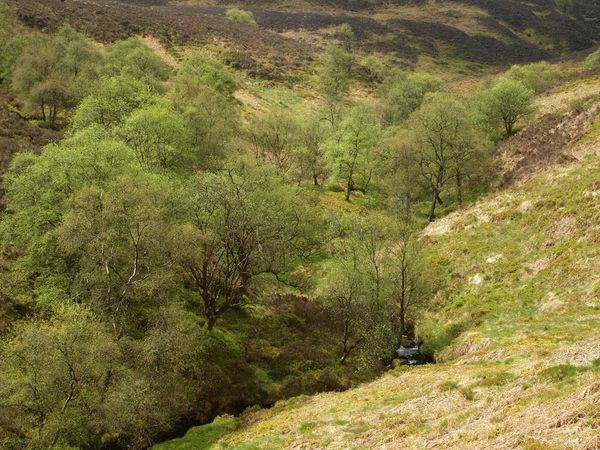
Figure 1 Clough woodland along a watercourse near Kielder Head, Northumberland © D.J. Glaves.
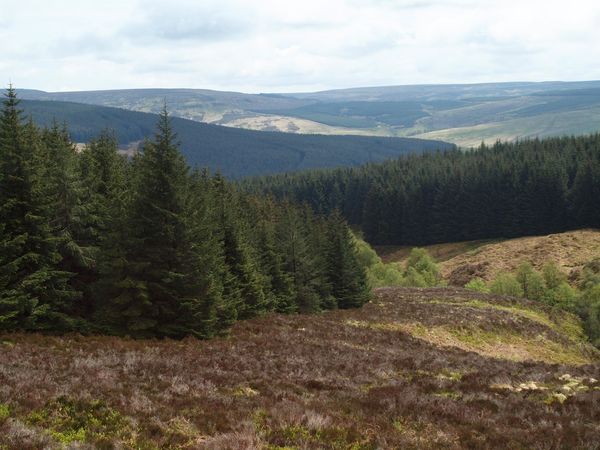
Figure 2 Conifer plantation on blanket bog near Kielder Head, Northumberland © D.J. Glaves.
In the past, the damage caused to upland areas and their wildlife through intensive sheep-grazing, game management in the form of vegetation burning, track construction and associated persecution of birds of prey, and the establishment of commercial forestry plantations, was tolerated due to the perceived economic contribution these practices made to the economy. The combined concerns of the Climate and Biodiversity Emergencies along with leaving Europe and the resulting changes in subsidy provision, has led to a more critical assessment of how the uplands should be managed (for example, it is worth noting that most of the nation’s drinking water comes from the uplands).
Large areas of habitats such as blanket bog and montane heaths would normally require little or no management once they are in good condition and peatlands in particular, play an important role in storing carbon. Increasingly, landowners, both individuals and community partnerships, are emerging who are driven to restore these and other upland habitats and their natural function. The concept of public money for public goods is one that increasingly resonates with the taxpayer and it seems likely that a wholesale shift in the emphasis of management and use of the uplands will take place over the next two or three decades.
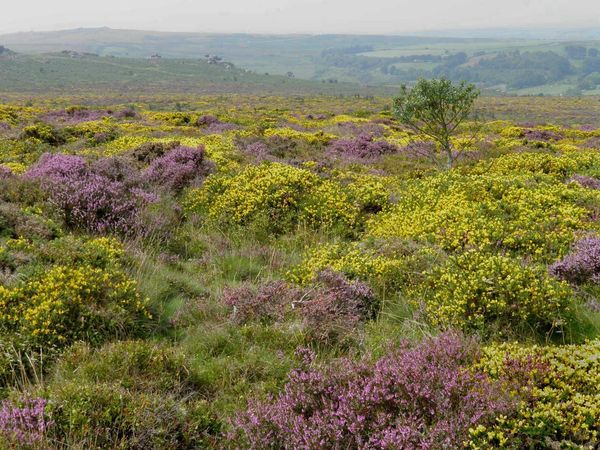
Figure 3 Extensive western heath at Haytor Down, Dartmoor © D.J. Glaves.
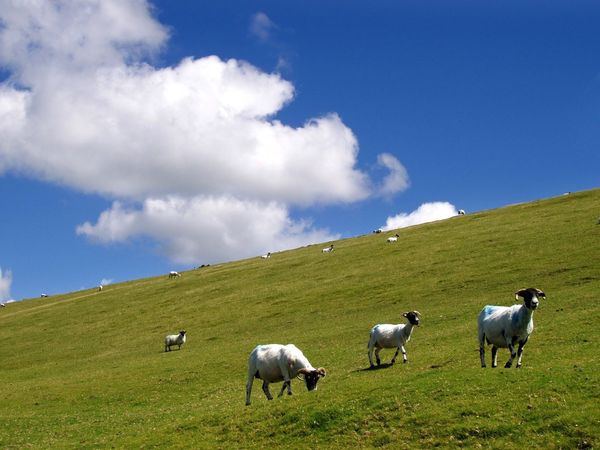
Figure 4 Heavily sheep-grazed grass-moor on Dartmoor © D.J. Glaves.
We believe that the combination of increased protection, requirement for consultation when changing land use and greater scrutiny over the spending of public money means that the cessation of driven grouse shooting in the British uplands will not automatically default to a situation where non-native trees are planted or increases in sheep numbers will occur on the sites in question. In the Forum article, we discuss the controls and opportunities that are present in the uplands to allow for the restoration of habitats and ecosystem function and give examples of where this is already taking place.
References
Averis, A., Averis, B., Birks, J. Horsfield, D., Thompson, D. and Yeo, M. 2004. An Illustrated Guide to British Upland Vegetation. JNCC, Peterborough. VIEW
Bonn, A., Allott, T., Hubacek, K. and Stewart, J. (Eds.). 2009. . Drivers of Environmental Change in Uplands. Routledge Studies in Ecological Economics, London. VIEW
Glaves, D.J., Crowle, A.J.W., Bruemmer, C. & Lenaghan, S.A. 2020. . The causes and prevention of wildfire on heathlands and peatlands in England. Natural England Evidence Review NEER014. Peterborough: Natural England. VIEW
Marren, P. 2002. . Nature Conservation: A Review of the Conservation of Wildlife in Britain 1950-2001. Collins New Naturalists. HarperCollins, London. VIEW
Newton, I. 2020. Killing of raptors on grouse moors: evidence and effects. Ibis 163: 1-19. VIEW
Newton, I. 2020. . Uplands and Birds. Collins New Naturalists. HarperCollins, London. VIEW
Ratcliffe, D. 2015. . Nature’s Conscience The life and legacy of Derek Ratcliffe. Thompson, D.B.A., Birks, H.H. and Birks, H.J.B. Birks (Eds). Langford Press, Kings Lynn.
Image credit
Top right: Red Grouse Lagopus lagopus scotica © Tim Melling.
If you want to write about your research in #theBOUblog, then please see here.



